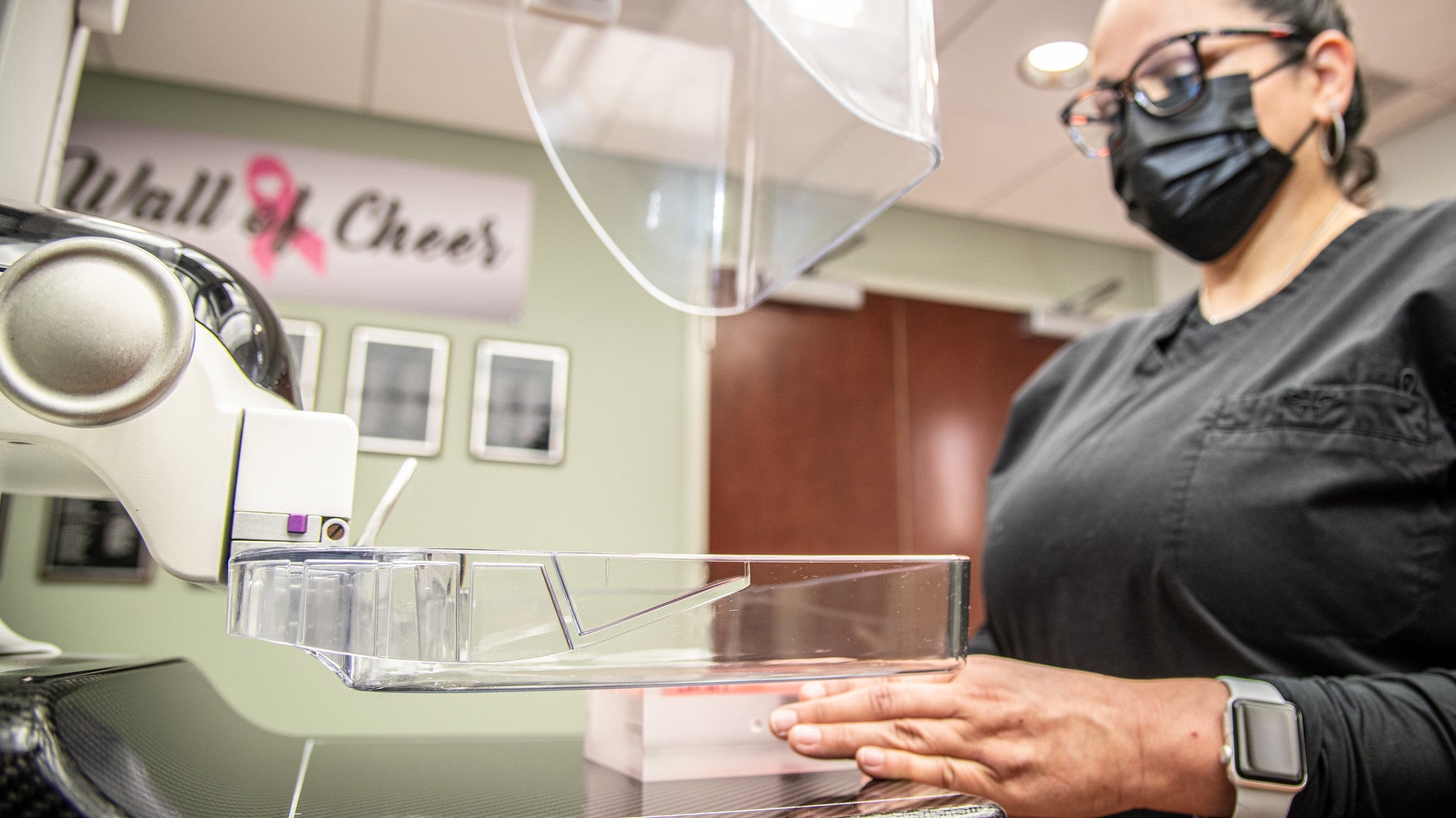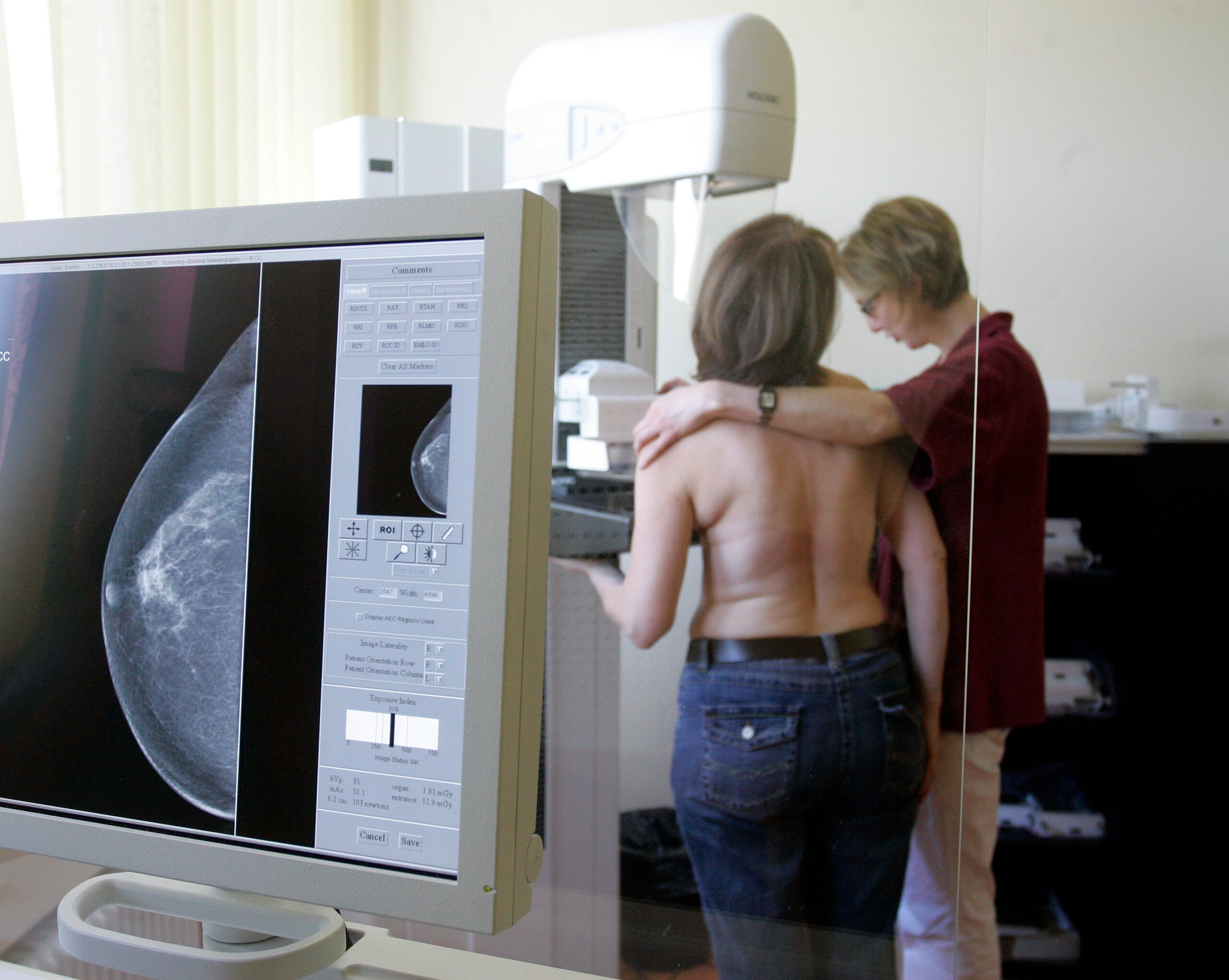A recent study published by local researchers recommends women between the ages 50 and 74 should get mammograms every three years– instead of every two years, as doctors currently recommend. We find out why. We take a look at a Wisconsin Great, Zona Gale, the first woman to receive a Pulitzer Prize for playwriting, and we talk to the author of a new report from the Wisconsin Center for Investigative Journalism about the state’s gun laws.
Featured in this Show
-
New Report Shows Despite Public Support, No Change In Gun Laws In Wisconsin
A new report from the Wisconsin Center for Investigative Journalism shows that despite strong public support, there have been no changes in gun background check laws in Wisconsin. According to a Marquette Law School poll this yuear, 85 percent of registered voters in the state support closing the background check loophole for private gun sellers. That number includes 84 percent who have guns in their homes. We talk to the author of the report.
-
Wisconsin Life: Portage Playwright Wins Pulitzer Prize
The first woman to win a Pulitzer Prize for drama, Zona Gale spent most of her life in Portage. She used her background and experiences in small town Wisconsin to win national acclaim, telling stories that often focused on the lack of opportunities available to women. We learn more about Gale at her home, now a museum, in Portage.
-
Reassessing The Frequency Of Mammograms
Women deciding whether to have yearly mammograms face a tradeoff: More frequent screening catches more cancer, but it can also lead to the stress of false positives. A new study suggests that some women could opt for less frequent screening, but others at higher risk should stick to the yearly schedule. We find out who falls into that category, and what approaches to prevention and screening can lead to better breast health.
-
Weighing The Pros And Cons Of Annual Mammograms
When it comes to breast cancer prevention and diagnosis, there is a lot of information out there. But as Dr. Elizabeth Burnside of the UW Carbone Cancer Center acknowledged, the recommendations can be confusing, and at times even contradictory.
Burnside explained that while mammograms are still the standard diagnostic tool for breast cancer, it can still be challenging to know at what age they should be started and at what frequency to get them.
Recommendations come from several groups and the suggestions differ enough to make it confusing for consumers. The United States Preventative Services Task Force recommends women get a mammogram every other year between the ages of 50 and 74. The American Cancer Society recommends annual mammograms from age 40 to 54. And others recommend the screening be done every year from age 40 on.
It may seem that despite the differing opinions on how soon and how often to get mammograms that it’s clear they’re the gold standard for breast cancer detection. Burnside said that’s true, but with a caveat.
“Mammography is the best way to diagnose breast cancer early, and it saves lives in women over 40,” Burnside said. “But it’s definitely not perfect. It’s not perfect because there are false positives and false negatives.”
Up to 10 percent of women who get a mammogram are told they need to come back for more imaging, Burnside said.
“That can be pretty anxiety-provoking,” she said.
A small number of that 10 percent then need to proceed on to a biopsy after the second stage of imaging, and even after those steps some are deemed to be false positives.
On the other hand, Burnside explained, there are also false negatives in which cancer is present but not detected. That can lead to delayed treatment and the chance the cancer will spread by the time of the next screening.
Burnside emphasized the potential drawbacks of mammography need to be balanced with the positive aspects, including that it’s proven to save lives through early detection. Part of that balance is to make decisions on frequency of screening based on risk factors, including breast tissue density, which is a factor noted on every mammogram.
New modeling has shown women with denser breast tissue, along with other risk factors, benefit from annual mammograms more than women at lower risk. In fact, Burnside said, studies now show those annual screenings saved 15 to 20 lives for every 1,000 screened, which she said is a significant difference. By comparison, annual screenings for women with lower risk saved five lives per 1,000 screened, and mammograms every three years saved three lives per 1,000 screened.
“Those are a lot of numbers, but what the study said was that the trade-off for women who had low breast density and low risk were different. Less lives saved, but more false positives,” Burnside said.
So for women looking for more clarity on how often she should get a mammogram, Burnside recommends talking with their doctor to determine individual risk factors, and then following guidelines that fit them specifically.
Episode Credits
- Rob Ferrett Host
- Veronica Rueckert Host
- Amanda Magnus Producer
- Karl Christenson Producer
- Judith Siers-Poisson Producer
- Alexandra Arriaga Guest
- Marc Seals Guest
- Dr. Elizabeth Burnside Guest
Wisconsin Public Radio, © Copyright 2025, Board of Regents of the University of Wisconsin System and Wisconsin Educational Communications Board.



